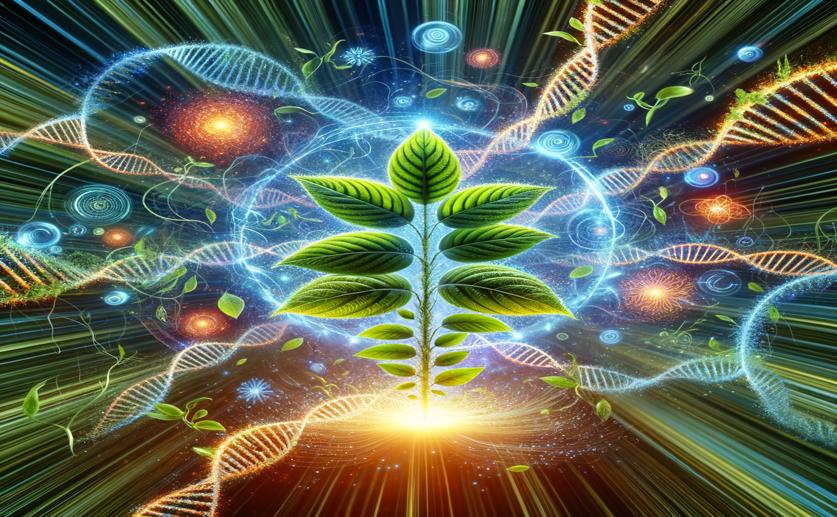
How a Plant Gene Boosts Healing Compound Production
Jim Crocker
11th April, 2024

Image Source: Natural Science News, 2024
Key Findings
- Sichuan University scientists discovered how a plant hormone, MeJA, boosts medicinal compound production in purple coneflower
- They identified a genetic switch, EpMYB2, that regulates the production of chicoric acid, a key health-promoting compound
- The study also found that a protein, EpMYC2, activates EpMYB2, forming a module that increases chicoric acid when MeJA is present
References
Main Study
1) EpMYB2 positively regulates chicoric acid biosynthesis by activating both primary and specialized metabolic genes in purple coneflower.
Published 10th April, 2024
https://doi.org/10.1111/tpj.16759
Related Studies
2) Jasmonic acid/methyl jasmonate accumulate in wounded soybean hypocotyls and modulate wound gene expression.
Journal: Proceedings of the National Academy of Sciences of the United States of America, Issue: Vol 89, Issue 11, Jun 1992
3) Transcriptional machineries in jasmonate-elicited plant secondary metabolism.
4) The grapevine R2R3-MYB transcription factor VvMYBF1 regulates flavonol synthesis in developing grape berries.



 4th April, 2024 | Jenn Hoskins
4th April, 2024 | Jenn Hoskins